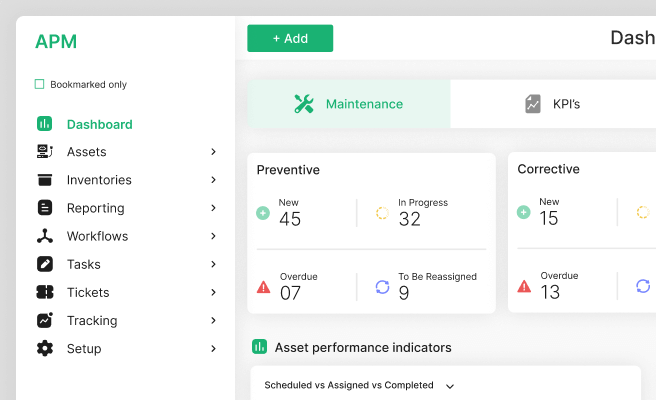Bounce Rate
<p>Bounce rate is a critical metric in web analytics that measures the percentage of visitors who navigate away from a website after viewing only one page. This metric is vital for understanding user engagement and the effectiveness of a website's content and design. A high bounce rate often indicates that the landing page is not relevant or engaging to the visitors.</p>
<p>Historically, bounce rate has been a key performance indicator (KPI) for website performance since the early days of web analytics tools like Google Analytics. It helps businesses gauge the quality of their website traffic and the user experience they provide.</p>
<h2>Understanding Bounce Rate</h2>
<p>Bounce rate is calculated by dividing the number of single-page sessions by the total number of sessions on the site. For example, if 100 visitors land on your website, and 56 leave without navigating to any other page, the bounce rate is 56%.</p>
<p>There are several factors that can influence bounce rate, including:</p>
<ul>
<li>Page Load Time: Slow loading pages can frustrate users and cause them to leave immediately.</li>
<li>Content Relevance: If the content on the landing page does not match the visitors' expectations, they are likely to bounce.</li>
<li>User Experience: Poor navigation, intrusive ads, or a non-mobile-friendly design can lead to a higher bounce rate.</li>
</ul>
<h2>Why Bounce Rate Matters</h2>
<p>A high bounce rate can be a red flag indicating issues with user experience or content relevance. For example, a <a href="https://www.thinkwithgoogle.com/marketing-strategies/app-and-mobile/page-speed-load-time/" style="color: #2896FF; text-decoration: underline;">study by Google</a> found that as page load time increases from one second to five seconds, the probability of bounce increases by 90%.</p>
<p>For Results-Driven Product Managers:</p>
<p>Understanding bounce rate is crucial for achieving product-market fit (PMF) and scaling user adoption. If a product's landing page has a high bounce rate, it may indicate misalignment with user needs or poor initial impressions, which can hinder user behavior change and adoption of the product.</p>
<h2>Strategies to Reduce Bounce Rate</h2>
<h3>Improve Page Load Time</h3>
<p>Optimizing images, leveraging browser caching, and using a content delivery network (CDN) can significantly reduce page load times. Tools like <a href="https://developers.google.com/speed/pagespeed/insights/" style="color: #2896FF; text-decoration: underline;">Google PageSpeed Insights</a> are instrumental in identifying areas for improvement.</p>
<h3>Enhance Content Relevance</h3>
<p>Ensure that your content matches the intent behind the keywords driving traffic to your site. Conduct thorough keyword research to align your content with what users are searching for. This can help in engaging users more effectively and reducing bounce rates.</p>
<h3>Optimize User Experience</h3>
<p>Focus on creating a seamless and intuitive user experience. This includes having a clear navigation structure, ensuring mobile-friendliness, and minimizing intrusive ads. Conducting UX audits can help identify and rectify areas where user experience is lacking. For example, <a href="https://www.nngroup.com/articles/ux-audit-expert-review/" style="color: #2896FF; text-decoration: underline;">Nielsen Norman Group</a> provides insights into conducting effective UX audits.</p>
<h2>Case Study: Climate Tech Sector</h2>
<p>In the climate tech sector, bounce rate can significantly impact how effectively companies communicate their value proposition. For instance, a climate-tech startup focusing on carbon capture might see high bounce rates if their landing page fails to clearly explain their technology and its benefits.</p>
<p>By conducting A/B testing and optimizing their landing page content to better address the pain points and interests of their target audience, such as investors and partners, they can reduce bounce rates and improve engagement. Tools like <a href="https://www.optimizely.com/" style="color: #2896FF; text-decoration: underline;">Optimizely</a> can facilitate A/B testing and provide data-driven insights for optimization.</p>
<h2>Conclusion</h2>
<p>Bounce rate is a crucial metric that provides insights into user engagement and website performance. By understanding and addressing the factors that contribute to high bounce rates, businesses can enhance user experience, improve content relevance, and ultimately achieve better engagement and conversion rates. <p>To understand the power of design across industries and sectors, view our diverse portfolio of works. <a href="https://www.whatifdesign.co/work" style="color:#2896FF; text-decoration:underline;">View our portfolio</a>.</p> <p>Increase user engagement that converts your demos into sales. Optimise your UX strategies with our audits.
<p>Fill out the <a href="https://tally.so/r/n97pxQ" style="color:#2896FF; text-decoration:underline;">UX Audit form</a> to get started. Ready to discuss your needs? <a href="https://cal.com/akhilak/what-if-design?duration=25" style="color:#2896FF; text-decoration:underline;">Book a consultation call</a> with us today.</p></p>

Let's scale your impact with great design.
Free consultation, no sales pitch
Thank you! Your submission has been received!
Oops! Something went wrong while submitting the form.
Let’s talk
Nothing great is built alone.
Let’s connect about your vision, our work and how we can collaborate.
Get in touch

